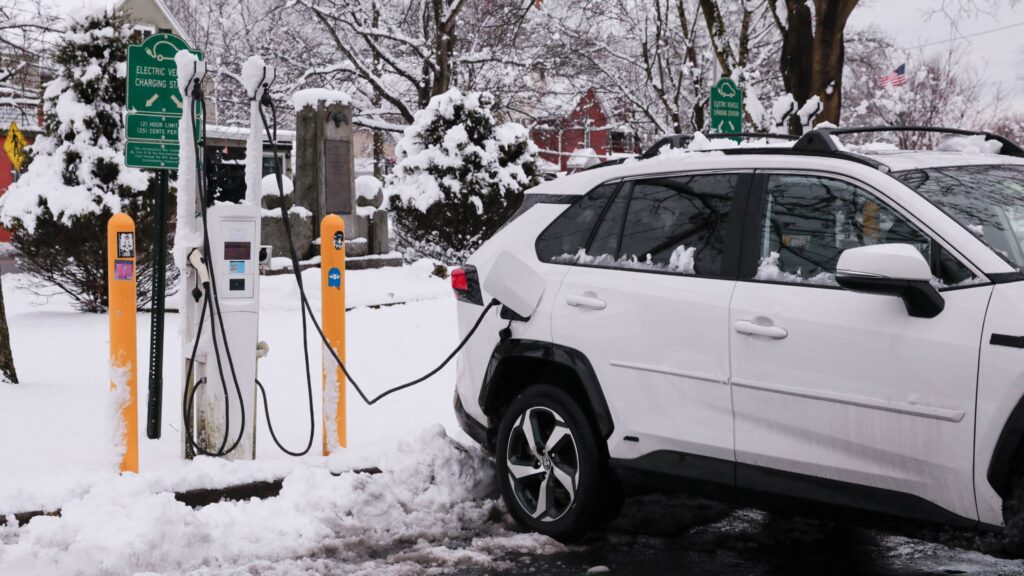As the winter chill sets in, the challenges of charging electric vehicles (EVs) in sub-zero temperatures might soon become a thing of the past. Researchers at the University of Michigan have developed a new process that significantly speeds up charging times and extends the range of EVs, even in the harshest conditions.
The cold season typically slows down many aspects of daily life, from traffic to getting out of bed. For electric vehicles, cold weather can be particularly problematic, as it leads to prolonged charging times and reduced battery performance and range. These issues are not compelling selling points for EVs in regions with significant seasonal changes. However, engineers at the University of Michigan have devised a solution to enhance EV battery performance: a specialized battery coating.
Neil Dasgupta, an associate professor of mechanical engineering and materials science and engineering at the University, explained the motivation behind their research: “Charging an EV battery takes 30 to 40 minutes even for aggressive fast charging, and that time increases to over an hour in the winter. This is the pain point we want to address.”
The team’s innovation involves applying a specialized coating to the battery’s outer layer, preventing the formation of lithium plating. This plating can degrade the battery’s life, slow down charging, and pose safety risks. Lithium plating occurs when lithium ions cannot swiftly move into the anode material, especially during fast charging, in cold conditions, or when the battery is highly charged.
The solution proposed by the University of Michigan team is a 20-nanometer-thick application of lithium borate-carbonate. This glassy material, combined with a redesigned, more efficient electrode that uses a laser-patterned architecture, enhances the battery’s charging speed and longevity. With this technology, EVs can charge up to 500% faster, reducing charging times to under 10 minutes, akin to a standard fuel stop. The battery retains about 97% of its capacity even after 100 fast charges, functioning efficiently at temperatures as low as 14°F (-10°C).
Importantly, manufacturers might not need to overhaul their production processes to adopt this technology. Dasgupta noted, “We envision this approach as something that EV battery manufacturers could adopt without major changes to existing factories. For the first time, we’ve shown a pathway to simultaneously achieve extreme fast charging at low temperatures, without sacrificing the energy density of the lithium-ion battery.”
Since the introduction of the Nissan Leaf in 2011, a pioneer among mass-market EVs by major automakers, the electric vehicle sector has seen significant advancements in charging times and ranges. Despite these improvements, modern EVs continue to face challenges related to range anxiety, charging durations, infrastructure, and battery replacement costs. The University of Michigan’s breakthrough could alleviate some of these concerns, offering a promising path forward for EV technology without requiring a complete reimagining of the vehicles.
Original Story at www.thedrive.com
